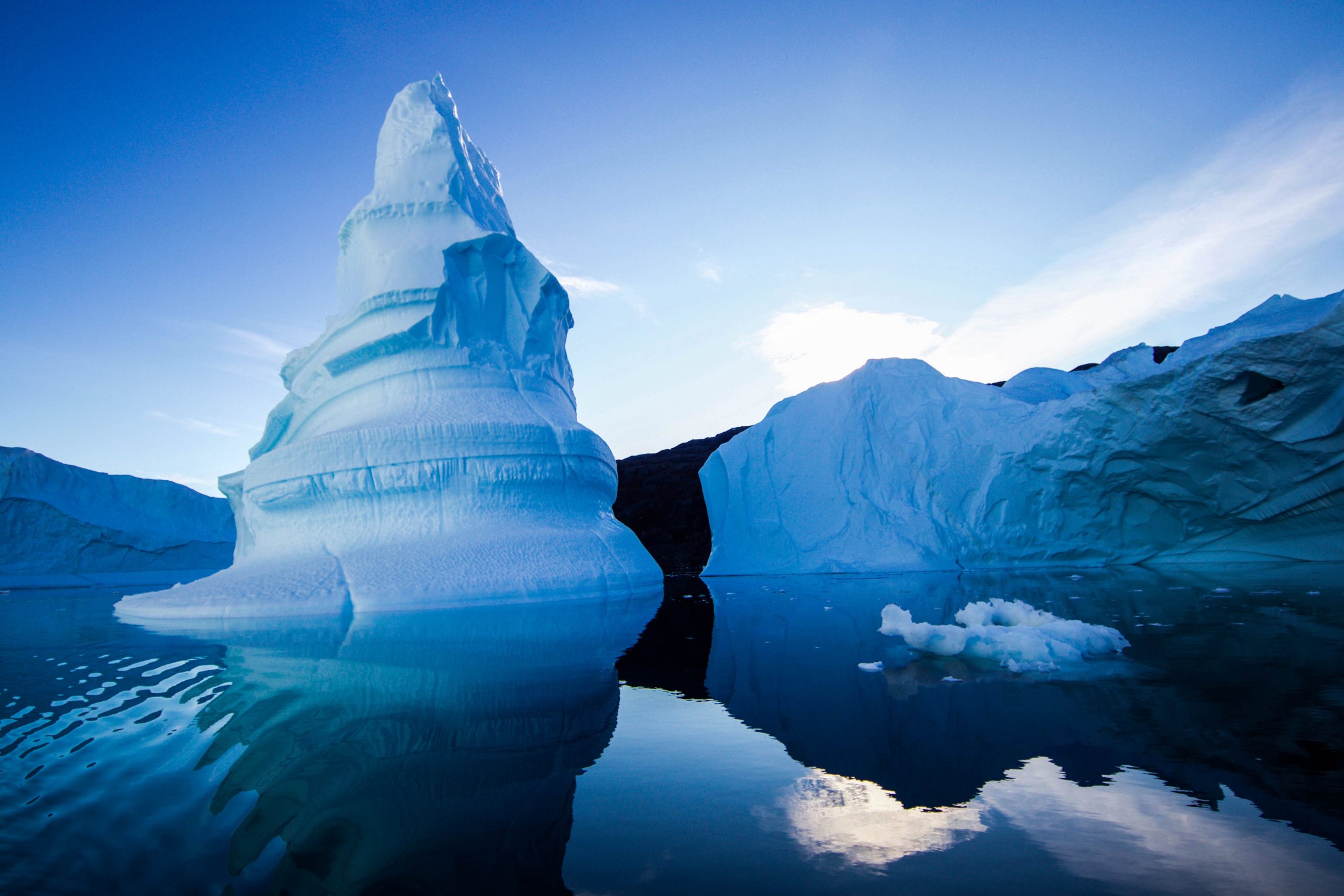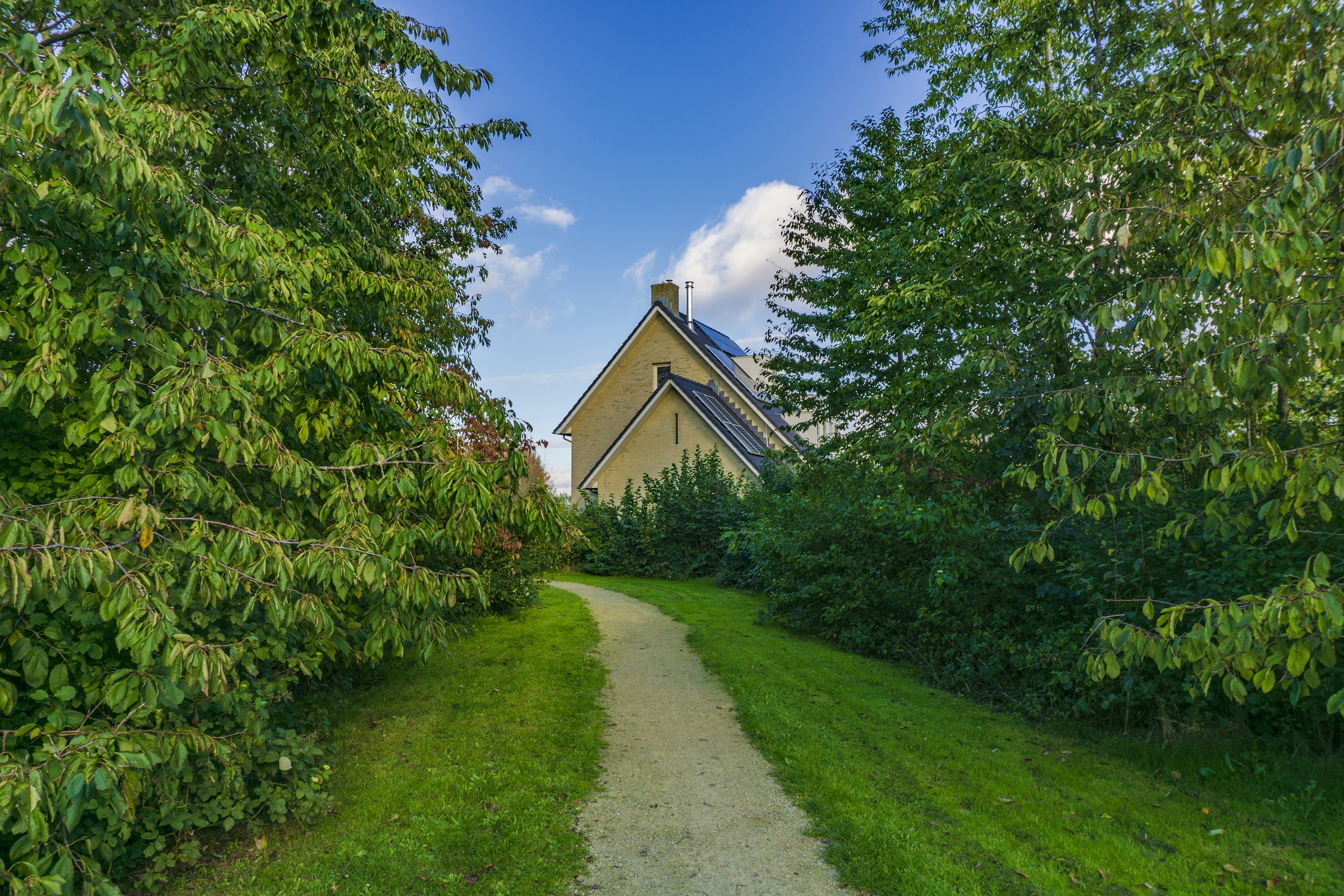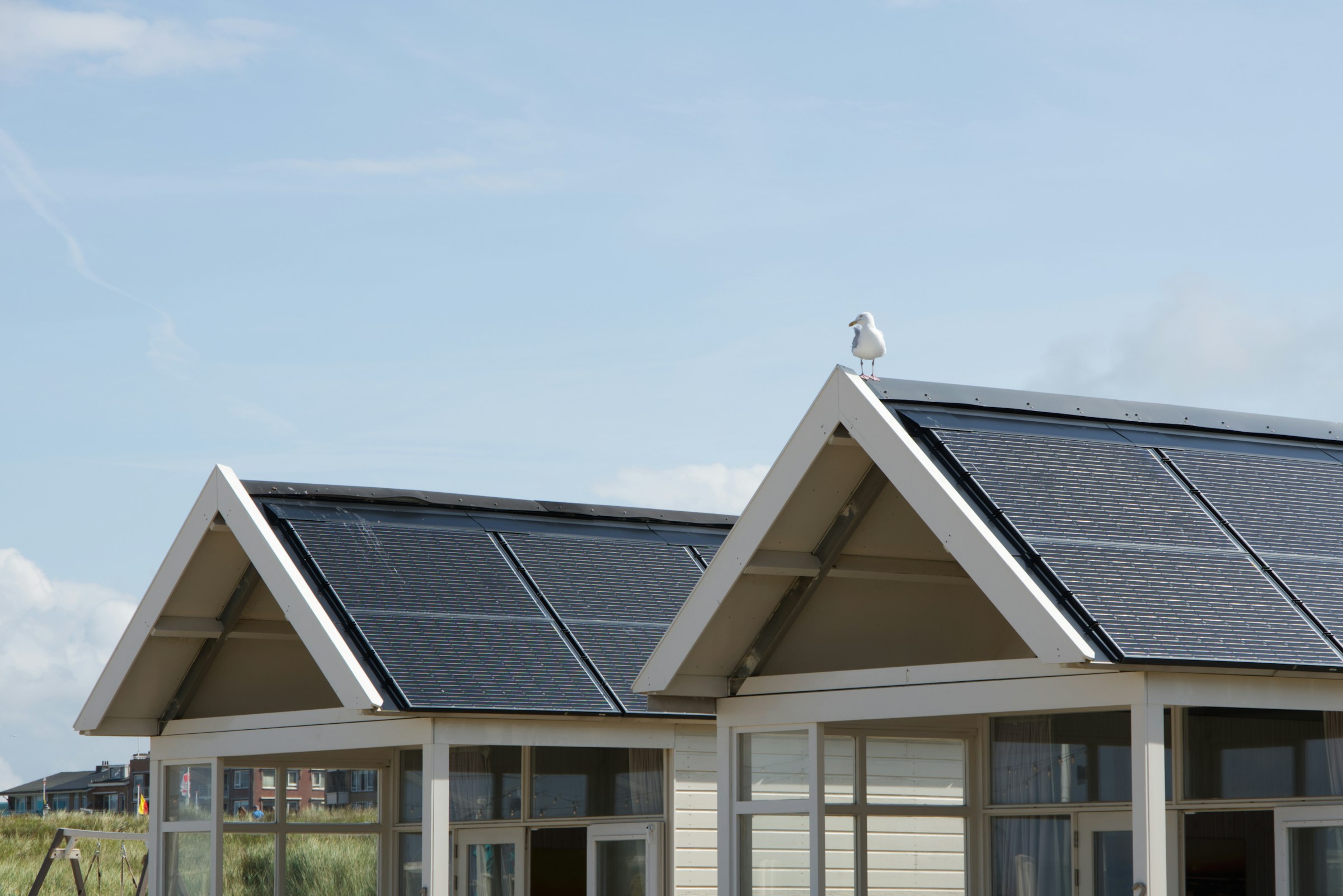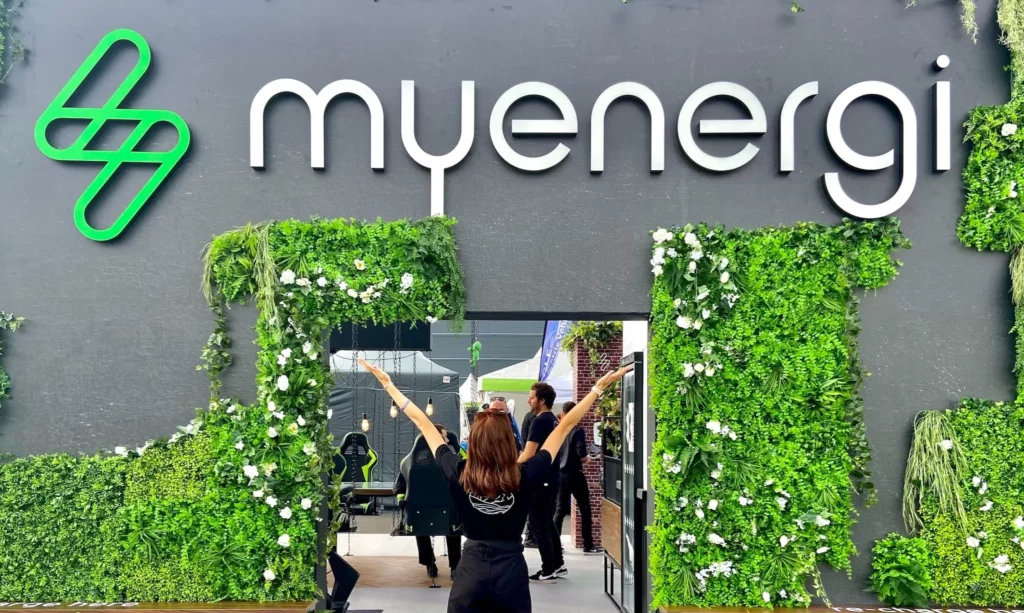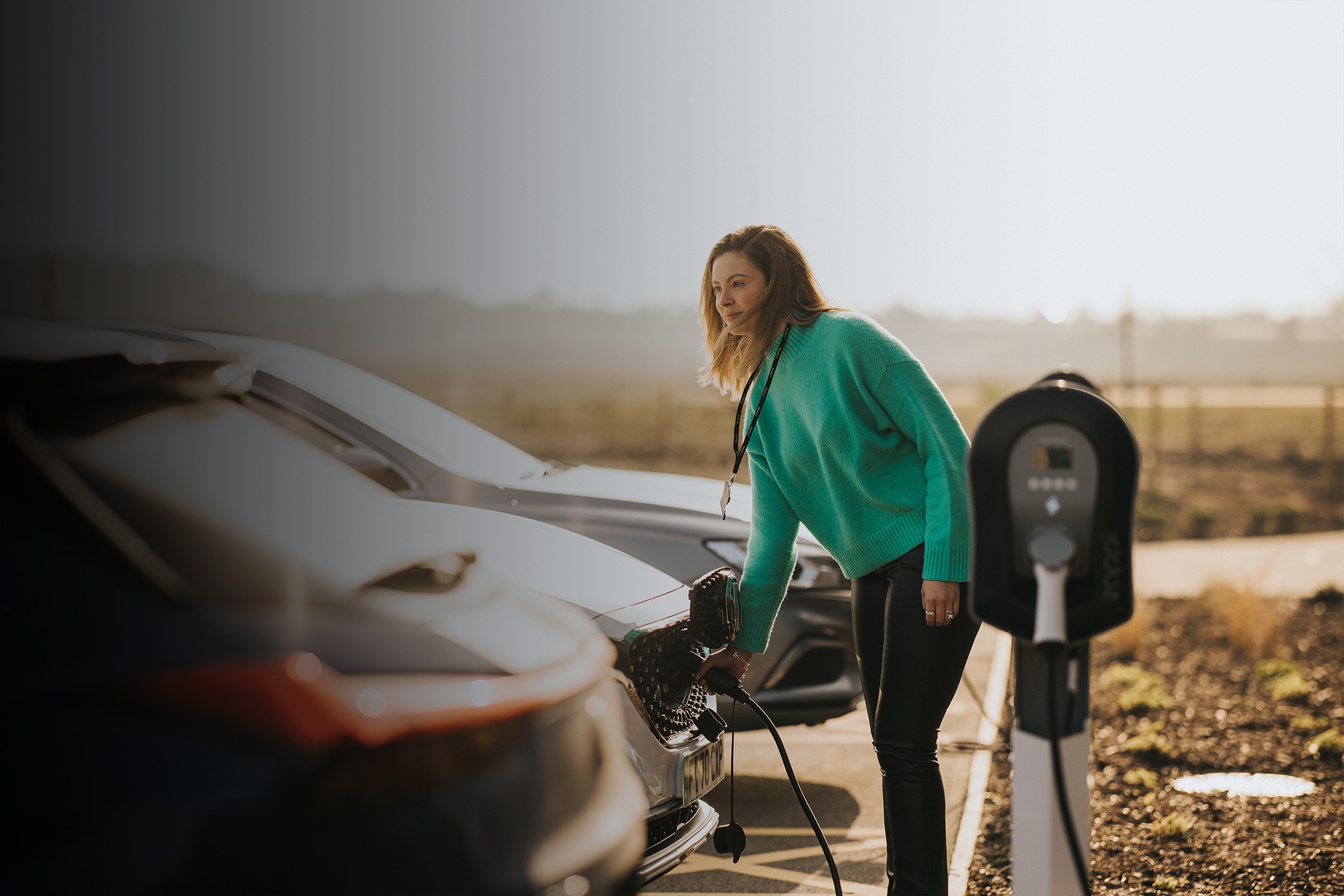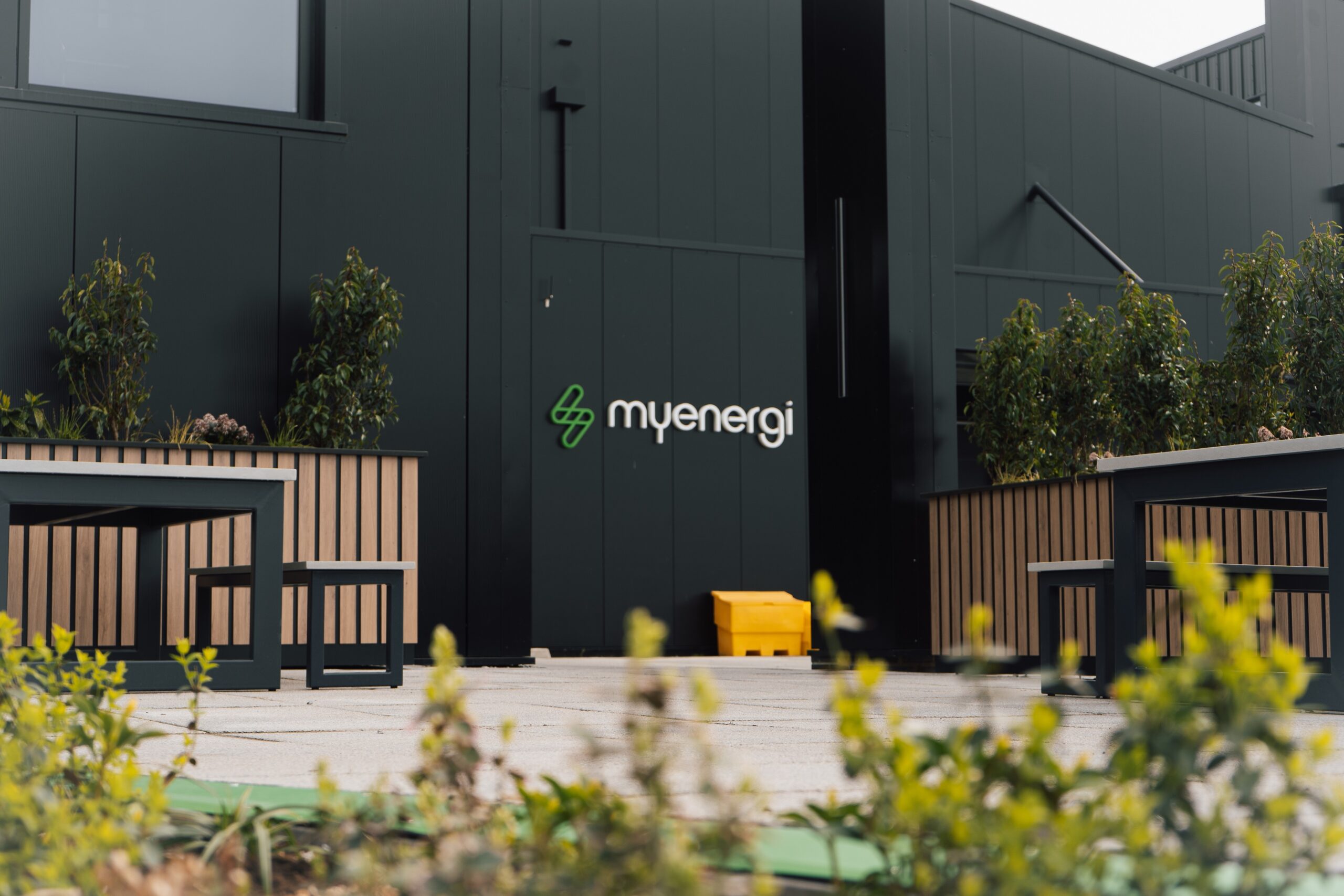Read more
Population of Greenland

- As of Sunday 8 August 2021, the current total population of Greenland is 56,878
- Nuuk – 14,798
- Sisimiut – 5,227
- Ilulissat – 4,413
- Qaqortoq – 3,224
- Aasiaat – 3,005
- Around 29,500 of the Greenland population are male and roughly 26,400 are female
- The Greenland population is equivalent to 0.00073% of the total world population
- Population density is 0.026 people per sq. km
- Greenland is the most sparsely populated country in the world
- 88% of Greenlanders are principally of Inuit, or Eskimo descent
- The official languages of Greenland are Greenlandic and Danish
Geographic Data

- Greenland is the world’s largest island and lies in the Atlantic Ocean, northeast of Canada
- The island covers about 836,000 sq. miles
- One of Greenland’s most prominent features is its massive ice sheet which covers more than 80% of the country
- All of Greenland’s cities are built along the 27,394-mile coastline as it’s the only area in the country that’s ice-free
Environmental Data

- 80% of the island is covered in ice
- Along the north-central coast, the climate is arctic and summer temperature average around freezing – 0 degrees Celsius
- In the south the climate is milder
- Nuuk is the most populated city in the south, with temperatures varying between -11C and 10C, rarely going below -18C or above 12C
- July is the only month when Greenland’s temperature reaches above freezing
- Greenland is one of the best countries in the world for clean air and because the humidity is low, visibility is excellent
Unique Factors about Greenland

- Greenland is the world’s largest island
- The name ‘Greenland’ means ‘Land of People’
- Greenland is more than three times the size of U.S. state of Texas
- Despite having a land size of 2.16 million sq. km, there are no roads or railway system that connects settlements to one another – there are roads within the towns but they end at the outskirts
- Greenland is the world’s least densely populated country
- The capital, Nuuk, is one of the world’s smallest capital cities by population and the world’s most northern country capital
- Scientists have estimated that the Greenland ice sheet is between 400,000 and 800,000 years old
- Greenlands first ever world televised motor sport race will take place on 28th – 29th August 2021, which will be the Extreme E series, find out more here
Wildlife Facts

- Greenland has the world’s largest national park which is one of the reasons for its widespread and abundant wildlife and as it’s so vast and relatively accessible the wildlife thrives and is undisturbed
- The country’s plant life is characterised as ‘Tundra Vegetation’ as is consists of plants like sedge and cotton grass
- Several species of land mammals live on the island, including polar bears, musk oxen, reindeer, arctic foxes, snow hares, ermines and lemmings
- Seals, whales, cod, salmon, flounder and halibut are found in the surrounding waters and Greenland’s rivers contain salmon and arctic char
- Certain species like blue whale are protected and cannot be fished and each administrative area has a certain quota of whales, seals and fish assigned to it, to ensure there’s no over fishing
Existing renewable infrastructure

- Greenland has ambitions to become a sustainable island with 90% renewable energy by 2030
- Hydropower is the main renewable source that provides 60-70% of Greenland’s entire electricity needs
- This is generated by five hydropower plants which proved energy to the communities of Qaqortoq, Narsaq, Nuuk, Sisimiut, Ilulissat and Tasiilaq
Existing EV Infrastructure
![]()
- The Greenland government has recognised that the problem with owning electric cars in Greenland is the lack of access to charging facilities for those living in apartment buildings
- This is more than 70% of housing stock in Nuuk
- In 2016, the public energy supply company ‘Nukissiorrfiit’ and the government started a pilot project to test the charging stations for EVs using surplus energy from the local hydropower plant in Nuuk
- In the project, charging stations were installed by three apartment buildings, with one rapid charging station in a public area of the city
Length of daylight in the summer months in Greenland
![]()
- Every year, the sun does not set from May 25 to July 25 and stays visible throughout the entire day and night
- On the Arctic Circle, the midnight sun only lasts for about half an hour, however the further north you get, the longer it lasts
- June 21 is the longest day of the year and known as the summer solstice
Opportunity for mass solar fields in Greenland
- Solar cells can reduce the import of diesel in Greenland
- Mass solar fields would work well in Greenland where the lighting conditions are good for a large part of the year
- The current grid in Greenland is run by the multifunctional utility, Nukissiorfiit, which has hired the Danish Energy Association as a consultant to analyse which technical adaptations are needed in order to use solar energy without compromising electrical security or system stability
- Nukissiorfiit selected the villages of Ilimanaq and Paamiut as case studies to analyse how specific solar projects affect the grid

- Paamiut – relatively east to adapt a PV system to the grid, but solar cells can force the diesel plant to run less efficiently which will affect the economy
- Nukissiorfiit – has an advantage of having 46,000 intelligent electricity, heat and water meters already installed which means they have already take the first steps towards utilising the potential of flexible consumption
- Nukissiorfiit selected the villages of Ilimanaq and Paamiut as case studies to analyse how specific solar projects affect the grid
- Manoeuvrable solar fields are a necessity in order to control new production
- When solar panels produce more energy than the residents and companies can use, Greenland will need to limit their production
- Without flexible power consumption or energy storage, there will be a loss of electricity from solar cells, as well as an economic loss for the owners of solar cells
- There can also be limitations to batteries in the cold climate of Greenland
- myenergi’s eddi solar diverter is being installed at a school in Greenland, along with a solar array, battery storage and harvi unit to create a micro-generation system which will negate the need for noisy diesel generators, which can be replicated across Greenland to work towards their carbon neutral targets. This is a joint venture between myenergi, XITE Energy & Extreme E, known as the legacy programme. Read more about the programme here

